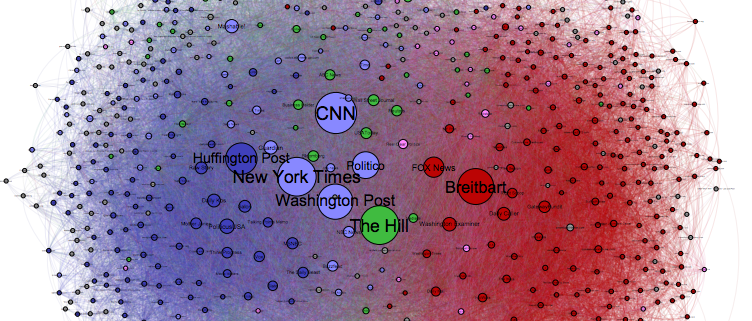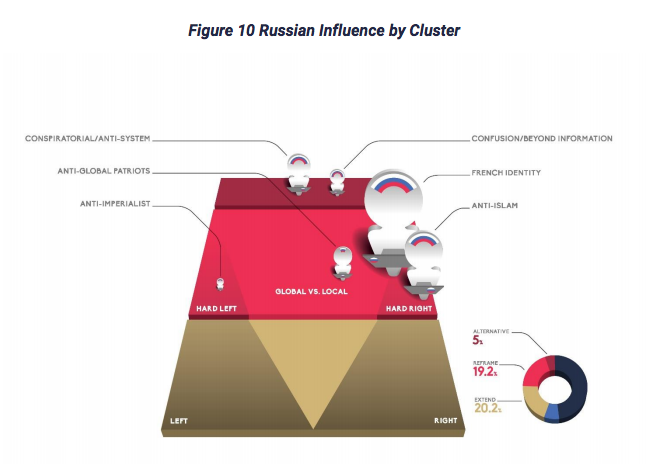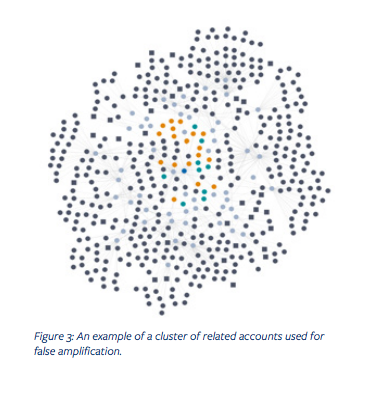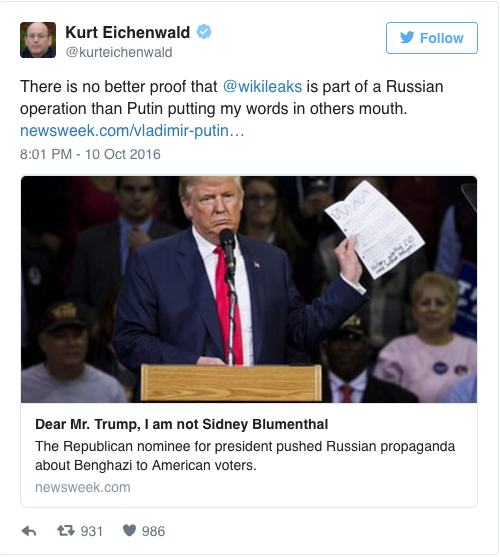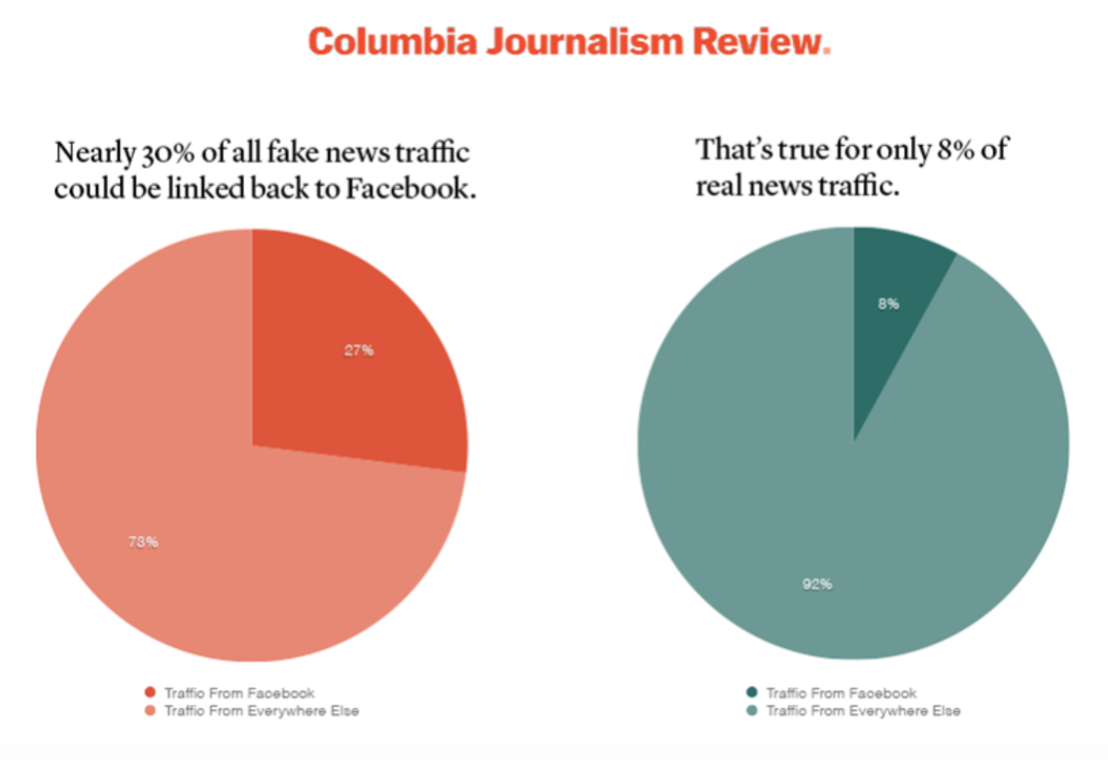Last week, the Augusta Chronicle reported that the government had unsealed notice that it had obtained access to Reality Winner’s phone and social media metadata. Altogether, the government obtained metadata from her AT&T cell phone, two Google accounts, her Facebook and Instagram accounts, and her Twitter account. Of those providers, it appears that only Twitter asked to tell Winner the government had obtained that information. The government obtained the 2703(d) order on June 13. On June 26, Twitter asked the FBI to rescind the non-disclosure order. In response, FBI got a 180-day deadline on lifting the gag; then on August 31, the FBI asked the court to unseal the order for Twitter, as well as the other providers.
The applications all include this language on Winner’s use of Tor, and more details about using a thumb drive with a computer last November.
During the search of her home, agents found spiral-bound notebooks in which the defendant had written information about setting up a single-use “burner” email account, downloading the TOR darkweb browser at its highest security setting, and unlocking a cell phone to enable the removal and replacement of its SIM card. Agents also learned, and the defendant admitted, that the defendant had inserted a thumb drive into a classified computer in November 2016, while on active duty with the U.S. Air Force and holding a Top Secret/SCI clearance. The defendant claimed to have thrown the thumb drive away in November 2016, and agents have not located the thumb drive.
Given that the FBI applied for and eventually unsealed the orders in all these cases, it provides a good way to compare what the FBI asks for from each provider — which gives you a sense of how the FBI actually uses these metadata requests to get a comprehensive picture of all the aliases, including IP addresses, someone might use. The MAC and IP addresses, in particular, would be very valuable to identify any of her otherwise unidentified device and Internet usage. Note, too, that AT&T gets asked to share all details of wire communications sent using the phone — so any information, including cell tower location, an app shares with AT&T would be included in that. AT&T, of course, tends to interpret surveillance requests broadly.
Though note: the prosecutor here pretty obviously cut and paste from the Google request for the social media companies, given that she copied over the Google language on cookies in her Twitter request.
AT&T
AT&T Corporation is required to disclose the following records and other information, if available, to the United States for each Account listed in Part I of this Attachment, for the time period beginning June 1, 2016, through and including June 7, 2017:
A. The following information about the customers or subscribers of the Account:
1. Names (including subscriber names, user names, and screen names);
2. Addresses (including mailing addresses, residential addresses, business addresses, and e-mail addresses);
3. Local and long distance telephone connection records;
4. Records of session times and durations, and the temporarily assigned network addresses (such as Internet Protocol (“IP”) addresses) associated with those sessions;
5. Length of service (including start date) and types of service utilized;
6. Telephone or instrument numbers (including MAC addresses. Electronic Serial Numbers (“ESN”), Mobile Electronic Identity Numbers (“MEIN”), Mobile Equipment Identifier (“MEID”), Mobile Identification Numbers (“MIN”), Subscriber Identity Modules (“SIM”), Mobile Subscriber Integrated Services Digital Network Number (“MSISDN”), International Mobile Subscriber Identifiers (“IMSl”), or International Mobile Equipment Identities (“IMEI”));
7. Other subscriber numbers or identities (including the registration Internet Protocol (“IP”) address); and
8. Means and source of payment for such service (including any credit card or bank account number) and billing records.
B. All records and other information (not including the contents of communications) relating to wire and electronic communications sent from or received by the Account, including the date and time of the communication, the method of communication, and the source and destination of the communication (such as source and destination email addresses, IP addresses, and telephone numbers), and including information regarding the cell towers and sectors through which the communications were sent or received.
Records of any accounts registered with the same email address, phone number(s), or method(s) of payment as the account listed in Part I.
Google is required to disclose the following records and other information, if available, to the United States for each account or identifier listed in Part 1 of this Attachment (“Account”), for the time period beginning June 1, 2016, through and including June 7,2017:
A. The following information about the customers or subscribers of the Account:
1. Names (including subscriber names, user names, and screen names);
2. Addresses (including mailing addresses, residential addresses, business addresses, and e-mail addresses);
3. Local and long distance telephone connection records;
4. Records of session times and durations, and the temporarily assigned network addresses (such as Internet Protocol (“IP”) addresses) associated with those sessions;
5. Length of service (including start date) and types of service utilized;
6. Telephone or instrument numbers (including MAC addresses);
7. Other subscriber numbers or identities (including temporarily assigned network addresses and registration Internet Protocol (“IP”) addresses (including carrier grade natting addresses or ports)); and
8. Means and source of payment for such service (including any credit card or bank account number) and billing records.
B. All records and other information (not including the contents of communications) relating to the Account, including:
1. Records of user activity for each connection made to or from the Account, including log files; messaging logs; the date, time, length, and method of connections; data transfer volume; user names; and source and destination Internet Protocol addresses;
2. Information about each communication sent or received by the Account, including the date and time of the communication, the method of communication, and the source and destination of the communication (such as source and destination email addresses, IP addresses, and telephone numbers);
3. Records of any accounts registered with the same email address, phone number(s), method(s) of payment, or IP address as either of the accounts listed in Part 1; and Records of any accounts that are linked to either of the accounts listed in Part 1 by machine cookies (meaning all Google user IDs that logged into any Google account by the same machine as either of the accounts in Part
Facebook/Instagram
Facebook, Inc. is required to disclose tbe following records and other information, if available, to the United States for each account or identifier listed in Part 1 of this Attachment (“Account”),
for the time period beginning June 1, 2016, through and including June 7, 2017:
A. The following information about the customers or subscribers of the Account:
1. Names (including subscriber names, user names, and screen names);
2. Addresses (including mailing addresses, residential addresses, business addresses, and e-mail addresses);
3. Local and long distance telephone connection records;
4. Records of session times and durations, and the temporarily assigned network addresses (such as Intemet Protocol (“IP”) addresses) associated with those sessions;
5. Length of service (including start date) and types of service utilized;
6. Telephone or instrument numbers (including MAC addresses);
7. Other subscriber numbers or identities (including temporarily assigned network addresses and registration Intemet Protocol (“IP”) addresses (including carrier grade natting addresses or ports)); and
8. Means and source of payment for such service (including any credit card or bank account number) and billing records.
B. All records and other information (not including the contents of communications) relating to the Account, including:
1. Records of user activity for each connection made to or from the Account, including log files; messaging logs; the date, time, length, and method of connections; data transfer volume; user names; and source and destination Intemet Protocol addresses;
2. Information about each communication sent or received by tbe Account, including tbe date and time of the communication, the method of communication, and the source and destination of the communication (such as source and destination email addresses, IP addresses, and telephone numbers). Records of any accounts registered with the same email address, phone number(s), method(s) of payment, or IP address as either of the accounts listed in Part I; and
3. Records of any accounts that are linked to either of the accounts listed in Part I by machine cookies (meaning all Facebook/Instagram user IDs that logged into any Facebook/Instagram account by the same machine as either of the accounts in Part I).
Twitter, Inc. is required to disclose the following records and other information, if available, to the United States for each account or identifier listed in Part 1 of this Attachment (“Account”), for the time period beginning June 1,2016, through and including June 7,2017:
A. The following information about the customers or subscribers of the Account:
1. Names (including subscriber names, user names, and screen names);
2. Addresses (including mailing addresses, residential addresses, business addresses, and e-mail addresses);
3. Local and long distance telephone connection records;
4. Records of session times and durations, and the temporarily assigned network addresses (such as Internet Protocol (“IP”) addresses) associated with those sessions;
5. Length of service (including start date) and types of service utilized;
6. Telephone or instrument numbers (including MAC addresses);
7. Other subscriber numbers or identities (including temporarily assigned network addresses and registration Internet Protocol (“IP”) addresses (including carrier grade natting addresses or ports)); and
8. Means and source of payment for such service (including any credit card or bank account number) and billing records.
B. All records and other information (not including the contents of communications) relating to the Account, including:
1. Records of user activity for each connection made to or from the Account, including log files; messaging logs; the date, time, length, and method of connections; data transfer volume; user names; and source and destination Internet Protocol addresses;
2. Information about each communication sent or received by the Account, including the date and time of the communication, the method of communication, and the source and destination of the communication (such as source and destination email addresses, IP addresses, and telephone numbers).
3. Records of any accounts registered with the same email address, phone number(s), method(s) of payment, or IP address the account listed in Part I; and
4. Records of any accounts that are linked to the account listed in Part I by machine cookies (meaning all Google [sic] user IDs that logged into any Google [sic] account by the same machine as the account in Part I).
